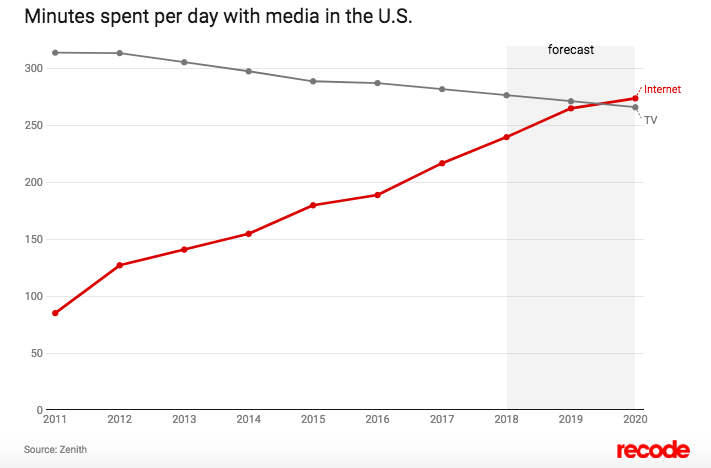COTD: Next year, people will spend more time online than they will be watching TV
Ross Rant: The gig is 9 to 5 and is the employment is formal
Last Thursday the Bureau of Labor Statistics (BLS) found less than 4 percent of workers--5.9 million persons--held contingent jobs.
Contingent jobs are those assignments which are temporary in nature.
In addition to contingent workers, the BLS survey also identified workers who have various alternative work arrangements or what many of us refer to as gigs.
In May 2017 the BLS data found there were 10.6 million independent contractors (less than 7 percent of total employment), 2.6 million on-call workers (1.7 percent of total employment), 1.4 million temporary help agency workers (0.9 percent of total employment), and 933,000 workers provided by contract firms (0.6 percent of total employment).
So roughly 10 percent of American workers in 2017 were employed in some form of what the government calls “alternative work arrangements."
This broad category includes Lyft drivers, freelance designers, and people employed through temporary-help agencies — essentially anyone whose primary source of work comes outside a traditional employment relationship.
As reported by the New York Times, this is far from a boom in gig work and goes against conventional wisdom when to comes to employment.
“I think everybody’s narrative got blown up,” said Michael R. Strain, director of economic policy studies at the American Enterprise Institute.
The largest category of alternative workers, independent contractors, are disproportionately in their mid-40s or older and familiar in sectors like construction that have not been disrupted by Silicon Valley entrepreneurs. They earn about as much, on average, as standard employees, and are relatively happy with their arrangements: Nearly eight in 10 say they prefer being an independent contractor to being an employee.
Outside of plumbers, roofers, and general contractors, most Americans work 9 to 5 in a formal work environment.
Don't believe the gig economy hype.



